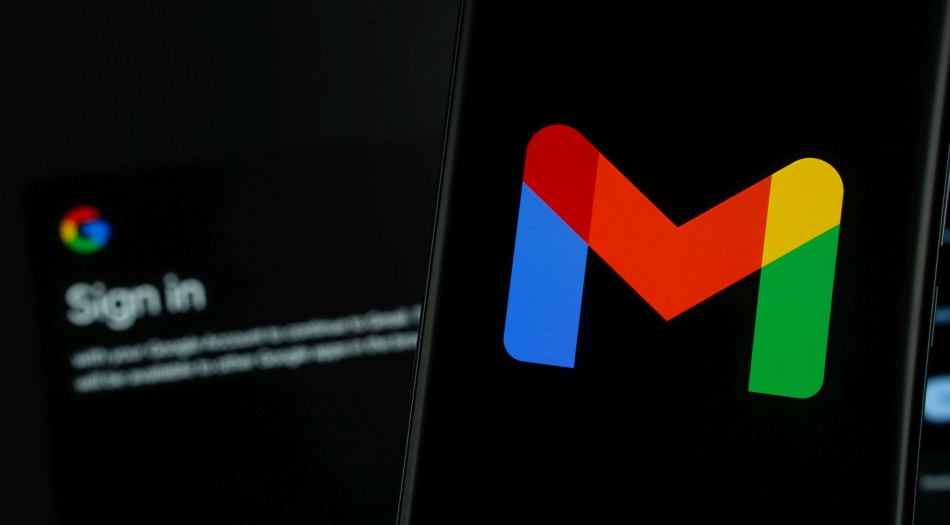
Google has officially denied claims of a Gmail-specific security breach, following a wave of media coverage that mischaracterized the recent addition of 183 million credentials to Have I Been Pwned (HIBP) as evidence of a direct attack on Gmail and its users.
The confusion stems from a large data corpus by threat intelligence firm Synthient, spanning over 3.5 terabytes and containing 23 billion rows, sourced from publicly circulating infostealer malware logs and credential stuffing lists. The final curated dataset, after deduplication, included 183 million unique email-password pairs, with approximately 16.4 million addresses previously unseen in HIBP.
The dataset, while undeniably massive and concerning from a credential exposure standpoint, does not represent a new breach targeting Gmail, or any single platform. Instead, it is a structured snapshot of credentials harvested over time from infected systems using stealer malware, which logs credentials entered into any websites, including, but not limited to, Gmail.
Many media outlets, starting with Forbes, misinterpreted this context and reported that Gmail credentials were part of a “Gmail breach,” triggering widespread alarm. In response, Google took to X to directly refute the reports. “Reports of a ‘Gmail security breach impacting millions of users’ are false,” the company stated. “Gmail’s defenses are strong, and users remain protected.”
Google explained that the appearance of Gmail credentials in the Synthient dataset is a reflection of how infostealer malware works, capturing login data from infected machines as users interact with websites, including Gmail. The company emphasized that this does not mean Gmail itself was compromised or that its systems were breached.
Google further clarified that it routinely monitors for large dumps of compromised credentials. When such dumps are detected, Gmail proactively notifies affected users, resets their passwords when necessary, and provides recovery options. The company pointed out that these leaked credentials are often the result of users being infected by malware or reusing passwords across multiple services, not flaws in Gmail’s own infrastructure.
The original report by Troy Hunt, founder of HIBP, clearly stated that the data was collected from widespread infostealer infections and did not originate from any specific breach of Gmail or any other single service. In fact, much of the dataset overlaps with credentials already leaked in past breaches, with only a fraction being newly identified.
Unfortunately, misinterpretations of aggregated threat intelligence that quickly spirals into false alarms isn’t a rare occurrence in the cybersecurity reporting world. Users should critically evaluate reports and only rely on verified sources.
To protect your Gmail account, enable two-factor authentication or use passkeys, regularly review Google Password Checkup to reset compromised passwords, and generate strong, unique passwords for your account.






Leave a Reply